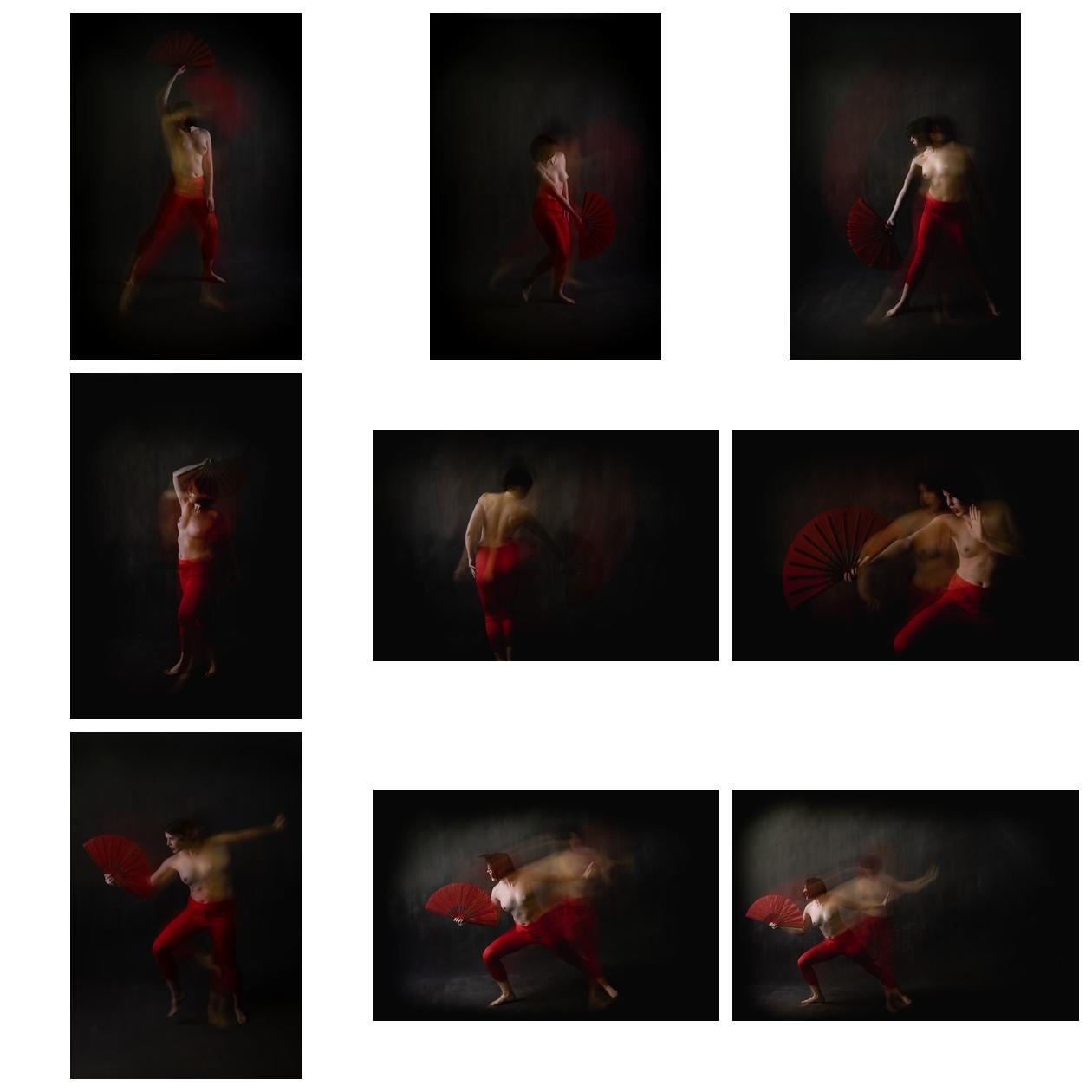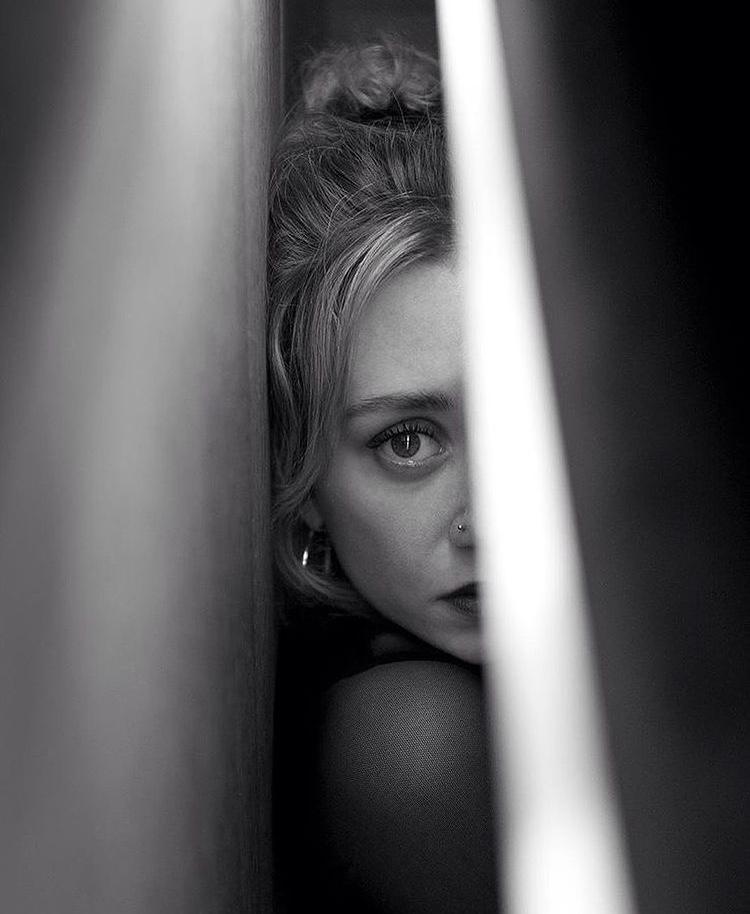Ein experimentelles Teil-Akt-Shooting im Studio.
blurred
Olga
Johanna
Abbey Road Zebra Crossing
At around 11:00 a.m. on August 8, 1969, Scottish photographer Iain Macmillan climbed a stepladder in the middle of Abbey Road and took six photos of the Beatles as they crossed the street. Three times from left to right, three times from right to left. A police officer was hired to control the traffic. The Beatles usually came to Abbey Road Studios between 2:00 p.m. and 3:00 p.m., so the earlier hour was chosen to avoid the presence of fans. One of the six frames, taken with a Hasselblad 500 C, became world famous as cover of the Beatles album Abbey Road.
50 years later, the zebra crossing in front of Abbey Road Studios is still a place of worship for countless London tourists and Beatles fans who like to be photographed when they try, more or less successfully, to cross the street, in a similar way the Beatles did in 1969. Nowadays most pictures are taken with smartphone cameras, as can be seen on the first image. The second picture shows an extremely good-humored young woman and a somewhat grumpy-looking older man on their way, while the third picture shows that the zebra crossing is also suitable for people without particular ambitions to cross the street.
far from home
Miriana Cross Processed Dog Chewed Negatives
Unbeknownst to me this would become a collaboration between Me, the model, and Mushka (pronounced Mooshka), my German Shepard/Doberman mix. I did this shoot with Miriana in a run down shack behind my apartment, leaving my poor dog (who suffers from separation anxiety) in her kennel all afternoon. Once the shoot was done, I left the rolls of film on the kitchen counter. I went to work the next day and when I came home, I found that Mushka had David Copperfielded her way out of her kennel and destroyed my kitchen. I found one of the rolls of film I shot on the ground… Mushka had used it as a chew toy. There were mutliple puncture marks in the canister. I was scared that the roll was ruined, but low and behold, Mushka had created these awesome light leaks! I was so mad at the time, but she really did help me create some amazing images. Kodak VS100 Cross-processed.
Digitale Lochkamera
Die Fotos alter Lochkameras haben einen ganz eigenen Charme, der mit modernen Mitteln der Fotobearbeitung kaum zu erreichen ist. Aber: Man kann eine digitale Kamera zu einer Lochkamera "umbauen" – eine digitale Loch-Hybridkamera 😉
Man nehme einen Gehäusedeckel und bohre in der Mitte ein ca. 5mm großes Loch hindurch (kommt nicht so genau darauf an). Dann nehme man ein sehr, sehr dünnes Stück Blech (so groß wie eine kleine Münze) oder ein entsprechend großes Stück Alu-Folie. Dort hinein steche oder bohre man ein Loch mit 0,2mm Durchmesser (jetzt kommt es darauf an. Am Lochrand dürfen keine Grate entstehen, ggf. mit dem Daumennagel platt drücken. Das Loch sollte rund sein.) Dieses Blech klebt man in den Gehäusedeckel; das kleine Loch sollte genau in der Mitte platziert werden.
Gehäusedeckel auf das Kameragehäuse stecken (ohne Objektiv) und fertig ist unsere Hybridkamera. Bei einer Spiegelreflex sieht man im Sucher nur ewige Nacht, aber Live View baut ein schwaches Bild auf. Die Belichtung muss man ausprobieren, ausgehend von Blende 200. Die Tiefenschärfe ist unendlich (systembedingt), optische Fehler gibt´s mangels Optik nicht, die Brennweite liegt bei ca. 55mm. Je größer das Loch, desto lichtstärker ist unser System und desto unschärfer – und umgekehrt. Man kann eben nicht alles haben.
Wer mag, kann das Foto in s/w oder Sepia anlegen und mit Photoshop noch ein paar Körner drüber streuseln, dann wird´s so richtig historisch.









